I always knew that there were differences between Jamaican Oregano and Italian Oregano but assumed they were simply different varieties.
However, I got a bit confused when I found out that some people consider them one and the same. So, I did some research.
Jamaican Oregano is a perennial, tropical shrub belonging to the Verbenaceae family of plants. It is not true Oregano but has a similar flavor and aroma. In contrast, Italian Oregano refers to numerous herbs in the Lamiaceae or Mint family and includes many popular varieties of Oregano.
Let’s take a look at six differences between Jamaican Oregano and Italian Oregano and which Oregano is best for cooking.
1. Size and Shape Of Leaves
Italian Oregano has small spear-shaped leaves that are slightly wider at the base and narrow at the tip. They measure between 1 and 3 cm.
While Jamaican Oregon has tiny oval leaves that are relatively wider toward the tip. The leaves usually measure less than 1.5 cm.
Their leaves are also different in color, with Italian Oregano having a more vibrant green hue compared to the grayish-green of the mature Jamaican Oregano.
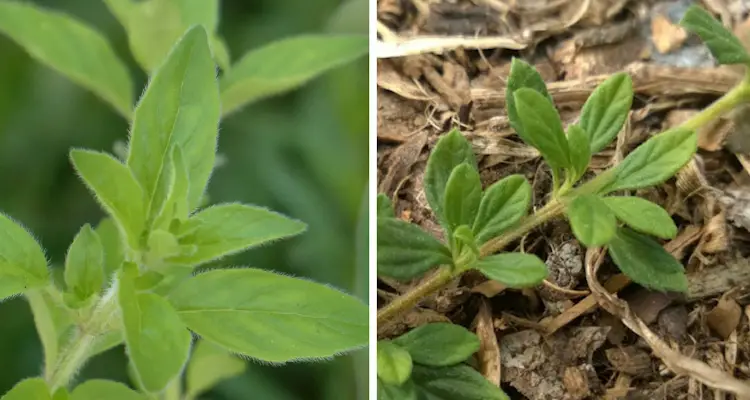
However, I must note that the younger leaves of the Jamaican Oregano plant are also quite brilliant.
2. Flavor And Aroma Characteristics
Jamaican Oregano is well known for its intense flavor and aroma characteristics comparable to Greek Oregano.
As a result, many people use Jamaican Oregano as a substitute in recipes that ask for Greek or similar Oregano flavoring.
Italian Oregano has a much milder flavor and somewhat soothing aroma. Depending on the variety, it can even be slightly citrus.
Ideally, it adds a richer flavor to a dish without overpowering other seasonings.
Some cooks use Italian Oregano as a milder substitute when preparing meals for groups where the tolerance to highly seasoned foods is unknown.
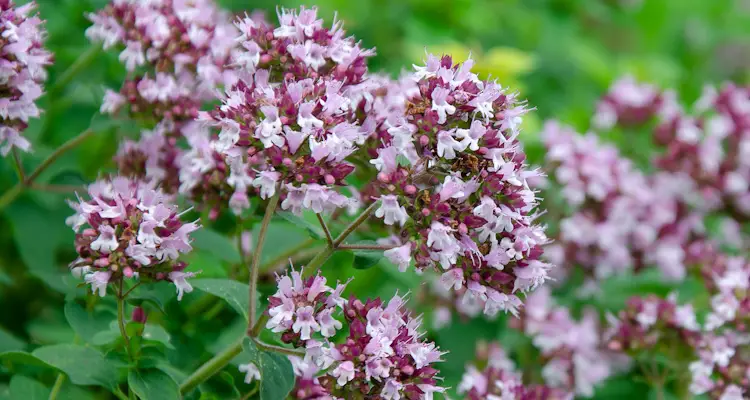
3. Plant Family
Many people often refer to Jamaican Oregano as a larger version of the fine leaf thyme.
However, Jamaican Oregano, Lippia Micromera is neither true Oregano nor Thyme but belongs to the Verbenaceae family of plants.
Its sensory characteristics have earned it various common names, contributing to its misclassification. For example, it is also called Spanish Thyme in some countries.
In contrast, Italian Oregano belongs to the Lamiaceae family, better known as the Mint family.
While I refer to Italian Oregano in the singular, I must note that it is actually a general term given to a collection of Oregano plants from the region.
4. Origin And Preferred Growing Conditions
Jamaican Oregano is a tropical plant native to the Caribbean, Central and South America.
It is well adapted to the extensive rainfall but can tolerate short dry spells, common in the dry season.
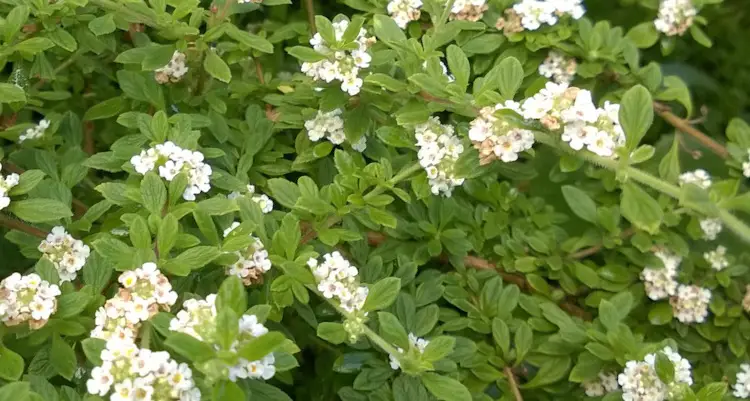
Italian Oregano is native to the Mediterranean region. It thrives in dryer conditions and is even tolerant to colder periods.
However, it struggles if exposed to prolonged excessive rainfall or soggy soil.
Both plants love growing in sunny areas with well-drained soils but require additional care if grown out of their native environments.
5. Confirmed Medicinal Benefits
Oregano has been used and studied for its medicinal benefits for decades.
Fresh Oregano is said to have some antibacterial and antifungal properties. It is also loaded with antioxidants and other beneficial compounds.
These studies have confirmed that fresh or dried Oregano can be used for medicinal purposes.
However, this is often done by extracting the essential oils and using them based on the particular ailment.
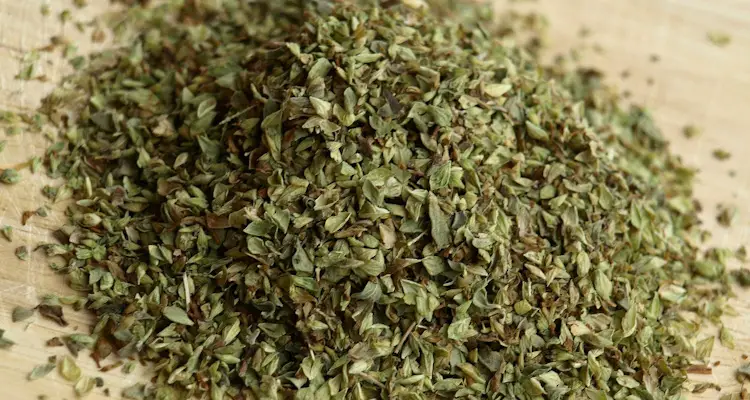
In contrast, most of the medical benefits of Jamaican Oregano are anecdotal at best.
I am not saying that there isn’t some merit to these medical claims. However, I have not found any concrete studies to support them.
This may change should Jamaican Oregano become popular enough to grab the scientific community’s attention.
6. Method Of Propagation
It is common to find hybrid and heirloom varieties of Italian oregano seeds for sale online.
Oregano plants efficiently produce viable seeds. However, these seeds are hybrids more often than not since they readily cross-pollinate.
One of the most common Italian Oregano varieties is a hybrid of Oregano and Marjoram.
It is easy to see why seed propagation is feasible when dealing with Oregano.
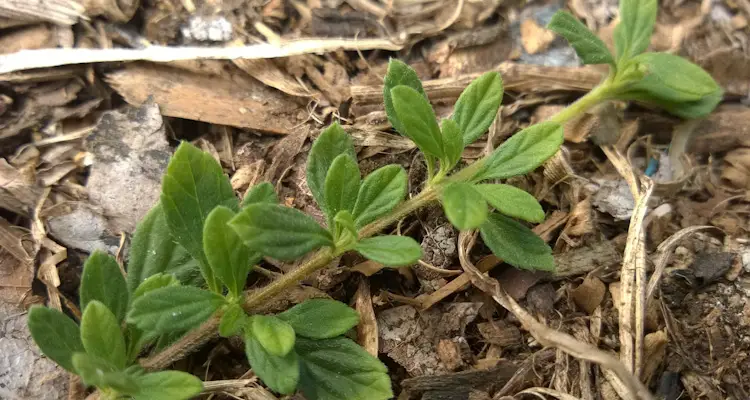
This is not the case with Jamaican Oregon. While it is a flowering plant and produces tiny seeds, the success rate of seed propagation is low.
As a result, the most practical approach to propagating Jamaican Oregano is by cuttings.
What Type Of Oregano Is Best For Cooking?
Being from the Caribbean, we are accustomed to eating highly seasoned foods with a variety of herbs and spices.
Many people prefer to use Greek Oregano to prepare Mediterranean and Caribbean dishes, using Jamaican Oregano as a substitute if not available. The milder Italian variations are chosen as a background flavoring, mainly when catering to people who are not accustomed to highly seasoned foods.
The choice of Oregano for cooking depends partially on cultural preferences but mainly on the taste of the person preparing the meal.
Final Thoughts
Jamaican Oregano is quite different from Italian Oregano in appearance, family, and general flavor characteristics.
Despite these differences, they both have a place in preparing culinary masterpieces.
Regardless of which you choose, you can enhance the flavor of most dishes as long as you use these herbs appropriately.
Related Questions
Is Oregano Better Fresh Or Dried?
Dried Oregano is more convenient as the leaves are easier to access and have a more intense flavor due to the release of aromatic oils during dehydration. However, most people prefer to use fresh Oregano when available.
What is Marjoram?
Origanum Majorana, commonly known as Marjoram, is a perennial herb referred to as Oregano in some countries but possesses much sweeter flavors, unlike that of true Oregano, Origanum Vulgare. However, they often cross-pollinate, resulting in hybrids like the well-known Italian Oregano.
Which Chemical Compounds Are Found in Oregano?
Oregano contains various compounds, many of which are well known for their antibacterial and antioxidant properties. Some examples are carvacrol, limonene, caryophyllene, thymol, terpinene, and ocimene. These compounds contribute to their unique flavor and health benefits.
What Is Oregano Used For Medically?
Many people use Oregano to treat bacterial infections and to enhance overall health. Its effectiveness is due to the various compounds responsible for its signature flavor and aroma. Ideally, essential oils work best, but you can also benefit from using fresh or dried leaves.
References
Dr. Axe. Oregano Benefits For Inflammation, Infections & More. draxe.com. Accessed February 2022
Britannica. Oregano: Description, Uses & Facts. britannica.com. Accessed February 2022
Integrated Taxonomic Information System. Lippia Micromera. itis.gov. Accessed February 2022
Herb Society Of America. Oregano And Marjoram. [PDF] Accessed February 2022
